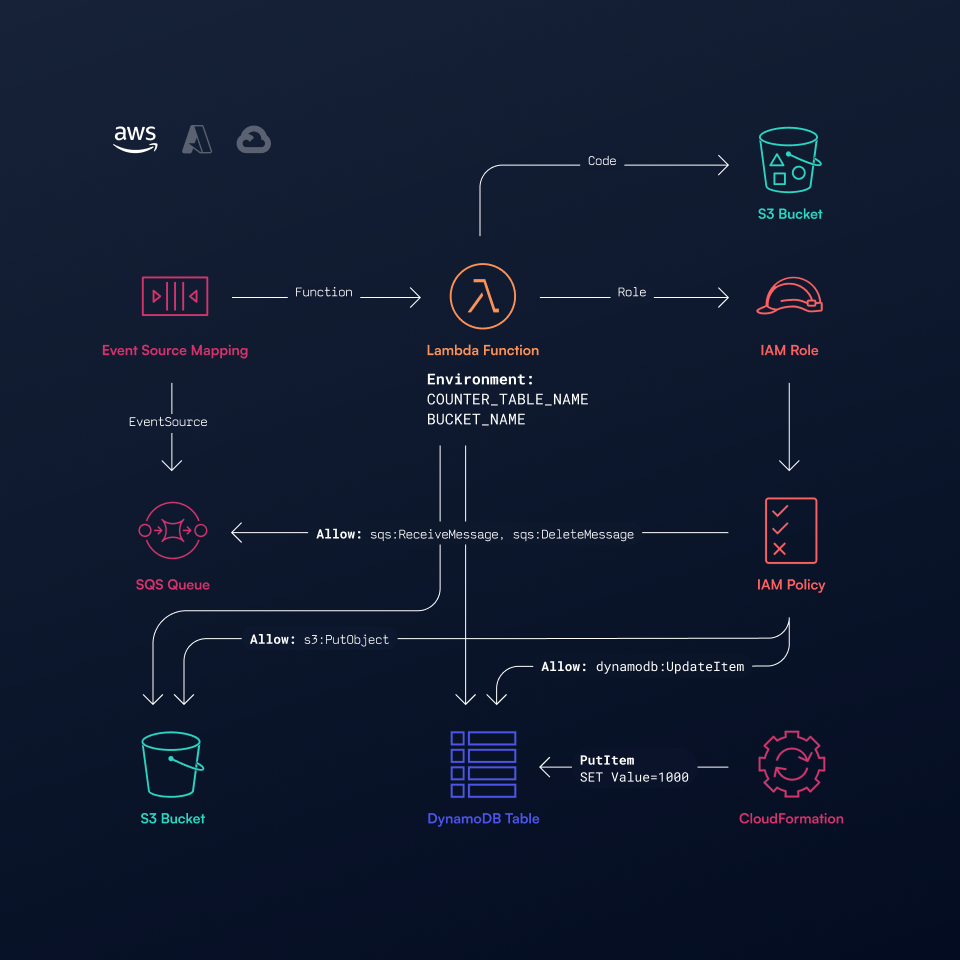Welcome Wingnuts! 👋
Wing is in its very early stages of development and not recommended for production use. Many features are still missing, and APIs will dramatically evolve in the coming months. We are excited for anyone to take part in influencing the direction of every part of this project.
Our Project Status page includes more information about stability and roadmap 👷♀️
This handbook is your ultimate guide for learning about the Wing language. It is organized like a book, so you can read it by going from top to bottom by clicking "Next" at the bottom of each page. Alternatively, you can browse topics through the left-hand navigation bar. You know, the regular structure...
You are invited to join the Wing Community Slack. We would love to get to know you! Come say hi, hang out, geek out, help friends and share your experience ❤️
TL;DR: if you can't be bothered with all the philosophical blabber, feel free to jump right in and get started.
What is a cloud-oriented language?
Wing is what we call a cloud-oriented programming language. It allows developers to build distributed systems that fully leverage the power of the cloud without having to worry about the underlying infrastructure.
Best explained through an example:
bring cloud;
let queue = new cloud.Queue(timeout: 2m);
let bucket = new cloud.Bucket();
let counter = new cloud.Counter(initial: 100);
queue.add_consumer(inflight (body: str): str => {
let next = counter.inc();
let key = "myfile-${next}.txt";
bucket.put(key, body);
});
In this simple application, every message that goes into the queue is written to a new object inside a cloud bucket. An atomic counter is used to generate an incrementing and unique key for each object.
But don't let the simplicity of this example fool you!
When compiling this code, the Wing compiler will produce a bundle of artifacts that are ready to be deployed to a cloud provider. This bundle includes Terraform files which define the infrastructure resources required for this application and JavaScript code bundles that include the code executed on the cloud.
When deployed to the cloud, this application can handle an infinite amount of traffic, with no need for you to explicitly take care of scaling, load balancing, security policies, or any other infrastructure-related concerns. For example, when targeting AWS, Wing will use Amazon S3 for the bucket, Amazon SQS for the queue, Amazon DynamoDB for the atomic counter, and AWS Lambda for the handler. It will also render least privilege IAM security policies, wire up environment variables and produce the code bundles needed for this to work.
Here's a diagram that shows the architecture produced by this code:

In addition to targeting cloud providers, Wing applications can also be compiled to run inside a local Cloud Simulator. This means that you can now iterate on your code without having to deploy it to the cloud, write unit tests that cover your complete cloud architecture and debug your code in a local environment.
This is what we call cloud-oriented programming. It's a programming paradigm which treats the cloud as a computer, and heavily relies on managed services and distributed programming to build and deliver systems that are intrinsically scalable, highly-available, and robust.
Why you should consider Wing?
The cloud has evolved to become a ubiquitous platform for running almost every type of application. It allows individuals and teams to deliver value by leveraging services and infrastructure, which take care of many of the challenges of building and running software.
However, the cloud has also introduced a new set of challenges for developers. The cloud is a complex environment, and writing applications often requires understanding low-level details of cloud services. It is also difficult to build applications that are portable across cloud providers, and to test and debug applications locally. Furthermore, leaky abstractions and poor tooling can make it hard to refactor cloud architectures into reusable components.
Wing is designed to address these challenges in the following ways:
- Iteration speed - Wing applications can run in a local cloud simulator. This allows developers to iterate at a much faster pace, and to see the effects of incremental changes at milliseconds latency.
- High-level cloud primitives - Wing allows developers to leverage the cloud to its full extent through a set of rich, high-level and cloud-independent resources. This allows developers to build complete cloud applications without having to be infrastructure experts.
- Distributed computing support - the cloud is a big distributed system while traditional languages are designed to tell a single machine what to do. Wing introduces the concept of inflight functions which are code pieces that run later on remote machines while still able to capture and interact with data and resources defined elsewhere.
- Cloud unit tests - Wing allows developers to use the cloud simulator as a library inside unit tests, and to test complete architectures without requiring deployments or heavy mocking.
- Infrastructure as policy - infrastructure concerns such as deployment, networking, security, and observability can be applied horizontally through policies instead of inside the application code.